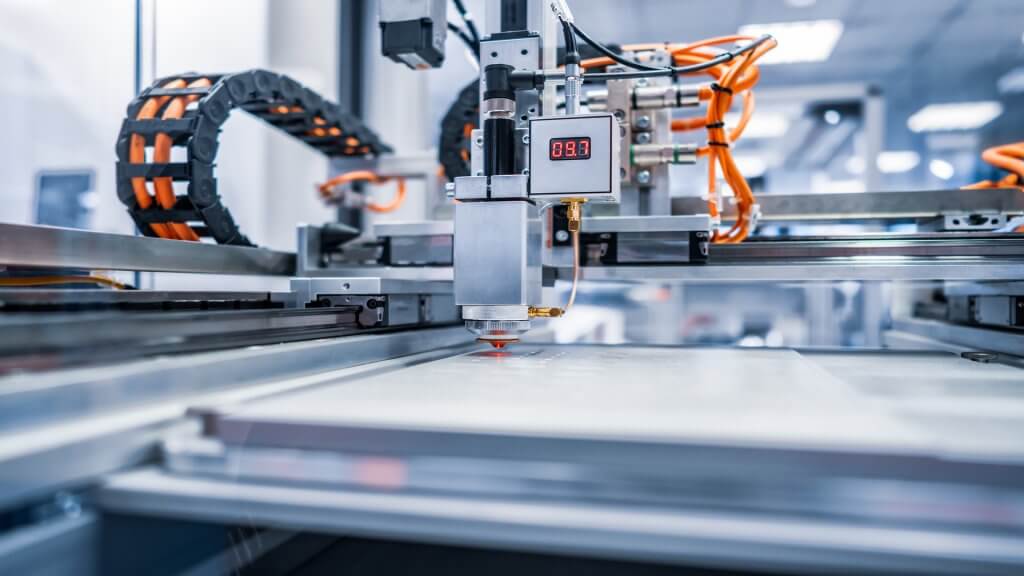How Automotive Innovation is Reshaping the Future of Mobility in Europe

The automotive industry is going through a radical change, moving into what is increasingly being referred today to as the mobility space. This term represents a much larger ecosystem that encompasses new business models like ride-sharing services, advancements in digital and material science, shared ownership, and the products and services that enable them.
Although these changes are noteworthy on their own, when put together they represent a dramatic shift. Companies that fail to adapt risk falling behind or being left out of the evolving industry landscape as new, non-traditional players are entering the tech space. To understand how this transformation is unfolding, let’s explore the key trends reshaping the future of mobility in Europe.
Electrification and Sustainable Mobility
The car industry has come a long way in the last half-century, but new manufacturing innovations and technological advancements have been slowly adopted by similar platforms and businesses. This seems to be changing, however, as the transportation industry as a whole and passenger cars in particular experience rapid growth in the adoption of electric vehicles.
A combination of favourable government regulations and incentives, together with technological advancements in batteries, is accelerating this shift toward electric vehicles. As a result, we should expect fewer emissions, cheaper fuel prices, less pollution, and a lesser impact on the environment.
Energy Efficiency and Smart Engine Technologies
In urban environments, vehicles remain idle for up to 35% of the time due to traffic congestion and frequent stops, leading to avoidable fuel consumption.
To address this issue, carmakers are using more efficient engine technology, which improves fuel economy. One such innovation is the start-stop system. If you’re wondering what is start stop system, it’s a smart feature in modern vehicles which allows cars to idle with the engine off and then starts up again when the driver is ready to go.
This technology helps you drive more efficiently by using less fuel and reduces CO₂ emissions, which is especially helpful in cities. More and more of these kinds of systems are appearing as a link between traditional combustion engines and purely electric cars.
Autonomous Driving
Modern vehicles now come equipped with an extensive array of autonomous features. Experts in the field classify autonomous driving into five levels: driver assistance, partial automation, conditional automation, high automation, and full automation. In the case of full driving automation, the human driver is replaced entirely with the advanced model of assistance systems, redefining the role of the vehicle in traffic.
This will make autonomous driving a game changer in how we use time within the vehicle. The vehicle will become a space for comfort while working or relaxing. Beyond convenience, the technology also holds great promise for improving road safety. With the advancement of driver-assistance technologies, traffic accidents are expected to decrease substantially in the future.
Vehicle Connectivity
Connected cars are becoming more popular. The sharing of information among vehicles and with the wider network infrastructure opens up a world of possibilities, such as ADAS (Advanced Driver Assistance Systems), dynamic routing, real-time traffic updates, entertainment and even commercial and retail applications.
The We Connect system developed by Volkswagen is an example of connectivity innovation. With the included software, this digital touchscreen interface lets the driver keep an eye on the road and make adjustments with the tap of a finger. And just like Apple’s iOS, We Connect allows for software upgrades to be applied over the air, which means that both the functionality and the user experience are always being improved.
Conclusion
Many things are evolving as we enter a new era in the mobility sector, including the engines we use, the way we interact with cars, and the very structure of the business itself. Because movement is fundamental to human existence, these shifts will also affect the way we plan our cities and our daily routines. This is why there is a lot of movement in terms of production-ready solutions and technologies. The automobile sector as a whole is developing alongside the idea of mobility.



























